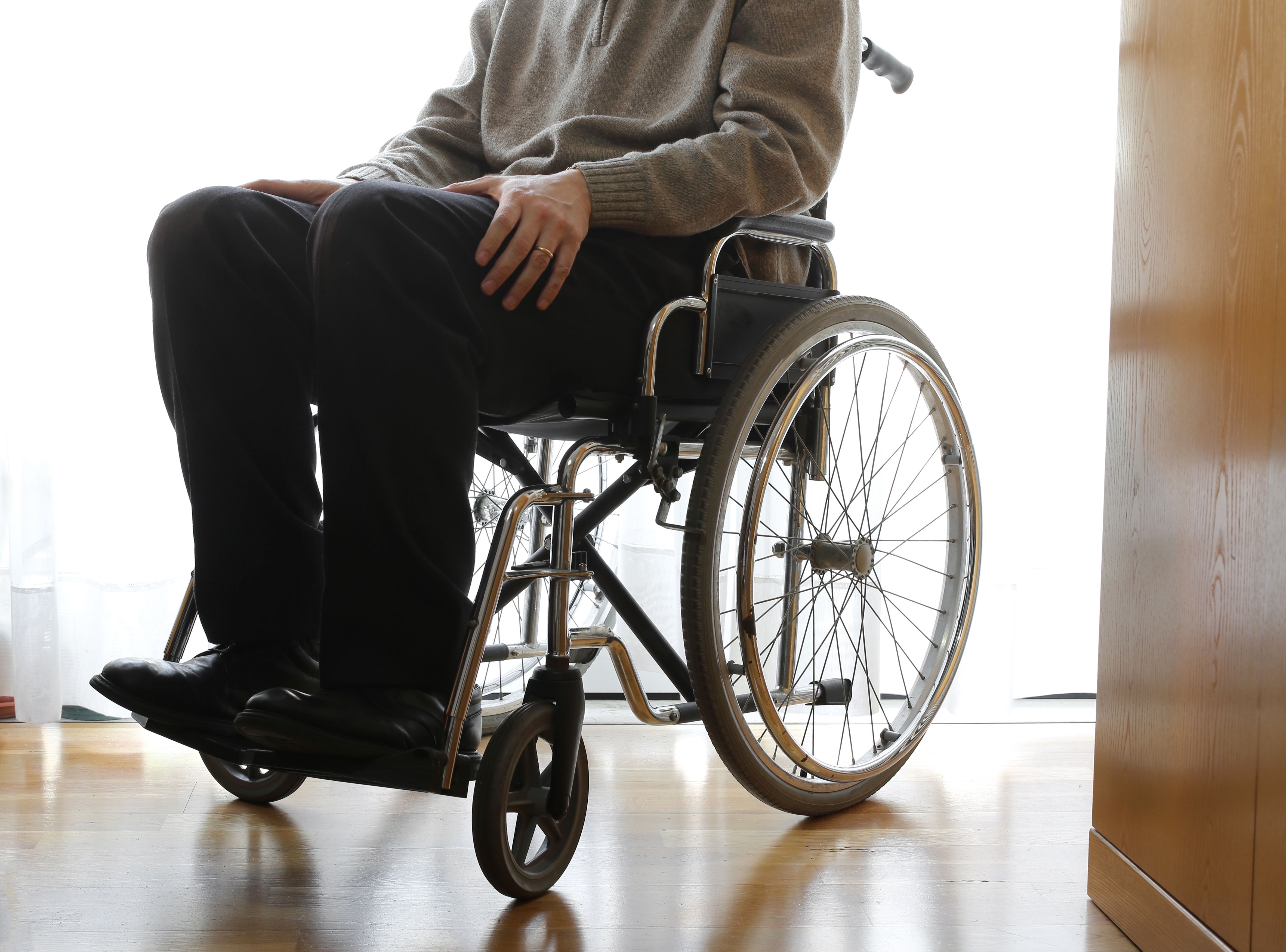- Center on Health Equity & Access
- Clinical
- Health Care Cost
- Health Care Delivery
- Insurance
- Policy
- Technology
- Value-Based Care
Exploring Care Needs, Physical Activity in Myotonic Dystrophy
Posters presented at the 2025 Muscular Dystrophy Association Clinical & Scientific Conference highlight the complex care needs and physical activity barriers for individuals with myotonic dystrophy.
Patients with myotonic dystrophy face unique challenges in managing their health, from navigating complex care needs to overcoming barriers to physical activity.1-2 Recent studies presented at the 2025 Muscular Dystrophy Association (MDA) Clinical & Scientific Conference shed light on these issues.

Clinical and Economic Burden
Because myotonic dystrophy type 1 is a rare, progressive, genetic disorder with significant clinical and economic burden, the first poster aimed to assess the clinical factors most strongly associated with myotonic dystrophy type 1 that incur the highest cost of care.1
This study utilized records from the Clarivate Real-World Database, which integrates insurance claims and electronic health records, covering the period from January 1, 2015, to August 25, 2023. Eligible participants included individuals aged 12 years or older with a diagnosis of myotonic dystrophy type 1, excluding those with congenital myotonic dystrophy. Participants were required to have continuous data activity for at least 6 months before and 12 months after their diagnosis. High-cost care individuals were defined as those in the top 25th percentile of total health care costs within the 12-month post-index period. Researchers assessed baseline demographic and clinical characteristics associated with high cost of care status among individuals with myotonic dystrophy type 1.
Data from 301 high-cost care individuals and 900 nonhigh-cost care individuals with myotonic dystrophy type 1, were analyzed. High-cost care individuals were older on average (48.8 vs. 46.6 years; P = .047) and had significantly higher Charlson Comorbidity Index scores (1.7 vs. 0.7; P < .001). Notable differences were observed in the prevalence of congestive heart failure, chronic pulmonary disease, and cerebrovascular disease, with high-cost care individuals exhibiting rates 11%, 10%, and 8% higher than their counterparts. Severe cardiac (22% vs. 7%; P < .001) and severe respiratory complications (12% vs. 2%; P < .001) were also more common at baseline among high-cost care individuals.
These findings emphasize the need for early detection and integrated management of the multisystemic complications of myotonic dystrophy type 1, particularly targeting cardiac and respiratory health to mitigate high health care costs.
Physical Activity
While exercise is known to promote health benefits for individuals with myotonic dystrophy, multisystemic characteristics of myotonic dystrophy often lead to sedentary behaviors and reduced engagement in physical activity and exercise (PA/E).2 The second poster aimed to evaluate the barriers and factors that influence PA/E behaviors among those with myotonic dystrophy.
The study analyzed data from adults aged 18 and older who were enrolled in the National Registry. Participants completed questionnaires assessing demographics, barriers to PA/E, stages of change (SOC), self-efficacy (SE), and processes of change (POC). SOC was categorized into 2 groups—active and inactive—and differences between these groups were evaluated using appropriate statistical tests based on variable type and distribution. Logistic regression models were applied to identify predictors of SOC, with factors including gender, education, type of myotonic dystrophy, reported problems, perceived barriers, SE, and POC.
Among the 98 participants (62% female), most were diagnosed with myotonic dystrophy type 1 (56.1%) and self-identified as inactive (55.3%). Inactive individuals reported significantly more problems (P = .010) and barriers to PA/E (P < .001), lower self-efficacy (P < .001), and less use of cognitive (P = .003) and behavioral POC (P < .001) compared with their active counterparts. Additionally, education level (P = .033) and myotonic dystrophy type (P = .017) also showed significant differences between groups.
Furthermore, the most cited barriers were lack of energy (47.9%) and motivation (45.9%). Predictors of activity status included myotonic dystrophy type, reported barriers, and behavioral POC. Notably, participants with myotonic dystrophy type 2 had higher odds of being active, while each additional barrier reduced the likelihood of being active by 41.4%, and each additional behavioral POC increased the odds of being active by 7.8%.
These findings underscore the importance of addressing barriers and supporting behavior change to enhance long-term engagement in PA/E, contributing to improved health outcomes for individuals with myotonic dystrophy.
References
1. Hamel J, Novack A, Delage E, et al. Characteristics of patients with myotonic dystrophy type 1 with complex care needs: Results from the real-world IMPaCT study. Poster presented at: The 2025 MDA Clinical & Scientific Conference; March 16-19, 2025; Dallas, TX
2. Koopman N, Dekdebrun J, Wu TT, et al. Moving towards active living: Exploring barriers and influential factors for physical activity and exercise in adults with myotonic dystrophy. Poster presented at: The 2025 MDA Clinical & Scientific Conference; March 16-19, 2025; Dallas, TX
The Importance of Examining and Preventing Atrial Fibrillation
August 29th 2023At this year’s American Society for Preventive Cardiology Congress on CVD Prevention, Emelia J. Benjamin, MD, ScM, delivered the Honorary Fellow Award Lecture, “The Imperative to Focus on the Prevention of Atrial Fibrillation,” as the recipient of this year’s Honorary Fellow of the American Society for Preventive Cardiology award.
Listen
Promoting Equity in Public Health: Policy, Investment, and Community Engagement Solutions
June 28th 2022On this episode of Managed Care Cast, we speak with Georges C. Benjamin, MD, executive director of the American Public Health Association, on the core takeaways of his keynote session at AHIP 2022 on public health policy and other solutions to promote equitable health and well-being.
Listen
